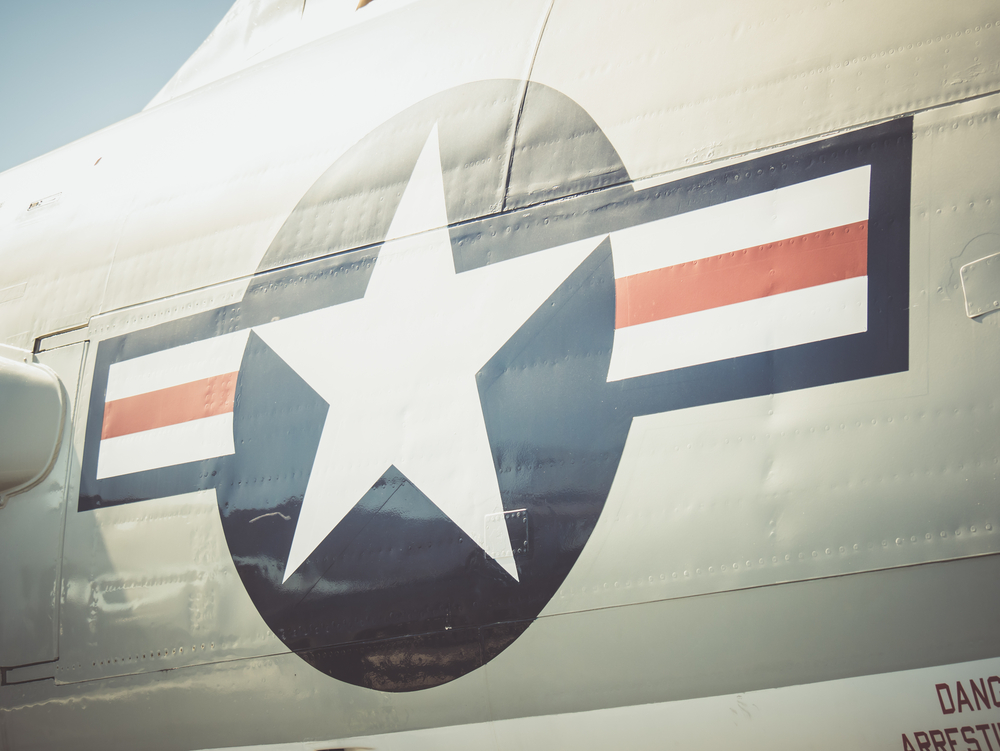
It is a few months late, but the United States Air Force’s new B-21 Raider stealth bomber is finally ready for action. Fortunately, the service planned for reasonable delays, and the schedule remains “within the baseline,” according to Air Force secretary Frank Kendall. At the recent McAleese & Associates conference in Washington, D.C., Kendall declined to comment on the cause for the delay, quickly noting that he could not comment on any decisions regarding the program because of his consulting history with Northrop Grumman, who built the new B-21.
That said, Northrop Grumman assures the program is still on track for its first test flight, which is scheduled for later this year. Specifically, the manufacturer notes that the program will focus on “system maturity, production readiness, and sustainment preparedness.” This will launch an effective campaign from the best position possible and, hopefully, lead to preliminary operating capability.
The US Air Force and Northrop Grumman unveiled the first B-21 in early December 2022, though they never offered a concrete timeline for its initial flight. Actually, the only comment they made was that the “data and event-driven” rollout would occur in 2023. This is an important detail, as the last bomber introduced to an Air Force fleet was the B-2 Spirit stealth bomber in the second half of 1989. The Air Force rolled out that aircraft about eight months earlier, in November.
Kendall also commented on the B-21 program at the Air and Space Forces Association conference in mid-March. At that time, he advised the B-21 program would not revisit the same “excessive concurrency” issues they encountered with the F-35 Joint Strike Fighter program. Specifically, he mentions “acquisition malpractice” concurrency problems, which happen when an aircraft simultaneously progresses through development and procurement. If problems are discovered during testing, they must be fixed in aircraft that are either under construction or already completed (as opposed to repairing parts before they are installed).
All things considered, Kendall reassures that thorough testing is important for any new aircraft design, which is certainly the case with the B-21. At the same time, conducting the whole flying program before commencing production is not feasible. Instead, he warrants it is more important to be comfortable with a stable design that will not require significant modification later.
